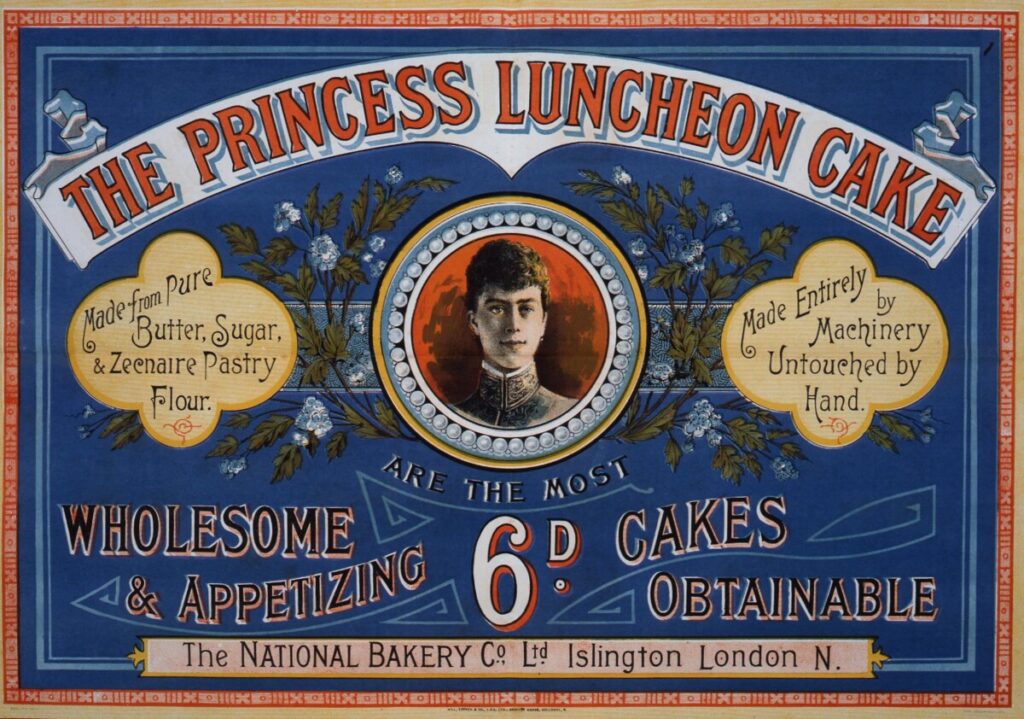Hall, Sean. This Means This, This Means That : A User’s Guide to Semiotics, Laurence King Publishing, 2012 (Chapters 1 & 2) pgs 21-67.
Questions / Prompts
- Using an example, define Saussure’s terms sign, signifier, and signified in your own words.
- How are signs employed in visual communication? Provide a visual example from contemporary or historical advertising and explain why the example is considered an icon, index, or symbol in Peirce’s terms.
- How are non-literal devices used to convey meaning in advertising and/or social media? Provide a visual example from contemporary or historical advertising and explain which type of non-literal device (simile, metaphor, metonym, synecdoche, irony, lies, impossibility, depiction, or representation) is being used and why.
Response
To my understanding, I think that Sassure’s term sign means that it’s composed of both the signifier and the signified. Although it may be perceived as having different meanings, they actually sound similar in terms of their correct differential denotations. (Confusing at first) Sassure’s term signifier is the part of the message that is being relayed. The term signified, is the part in which is being perceived.
There are many signs employed within visual communication. A visual example that came from historical advertising would be posters. Through the rise of the Victorian era, posters were used amongst rising competition to promote their products. It was also a way in which they were able to show how their product differed from other competitors. With the massive advancements of machines and new technology, printing was a major factor in establishing an identity for any business. That helped establish a difference from two different companies making and advertising the same product.

An example of signs employed within visual communication would be this advert from 1893 for cakes. What intrigues me the most about this was that since there were many advancements in machinery, the process in which to create products was twice as fast. So since everything used to be handmade, having machines produce the product for their consumers would be distributed quickly. This example would resemble Peirce’s term, symbol, because when reading a poster sometimes the poster may have a symbolic relationship to the concept that is being conveyed.
Non-literary devices are used within advertising/social media by having just text. I like to think of these as non-literary texts, which can be classified as editorials, newspapers, and even brochures. Majority of these are straight to the point and many don’t use figurative language such as imagery. Also, they can be seen as non-fiction because, for example, an advertisement would need to try and make you purchase a product. It cannot be fake and has to be true in nature. This could be represented as representation, as an advert has to showcase a product and tends to lure the consumer into purchasing an item.




Leave a Reply